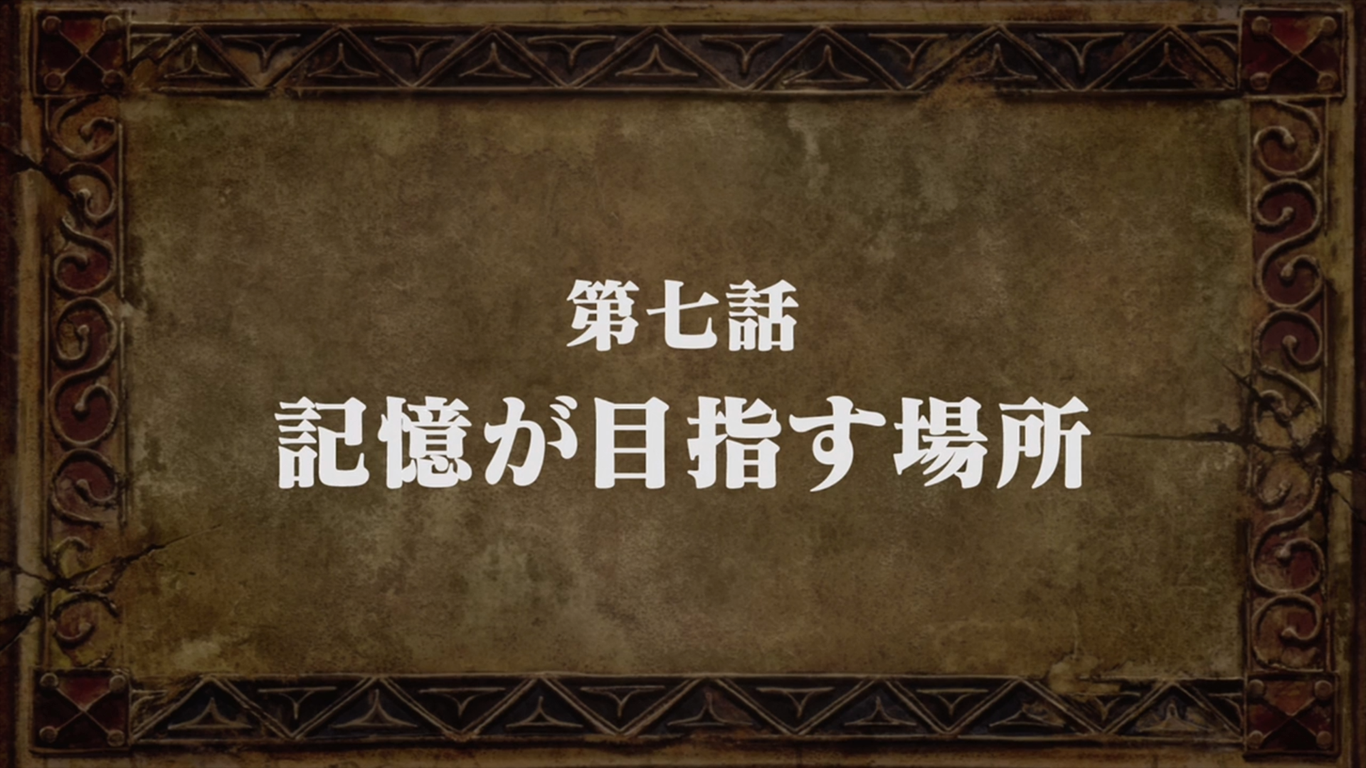

First, Angélica turns the family and all the household staff against her. However, Sergio's departure leaves Marimar alone with no defense between her and Angélica's malice. Angered by his stepmother's behavior, Sergio decides to leave on a short business trip to earn enough money to allow him to take Marimar somewhere where she will be safe from Angélica's abuse. Angélica despises Marimar because of her naivete, her illiteracy, and her ignorance of societal norms, deciding to embark on a campaign to disparage and humiliate her. Sergio takes an interest in Marimar due to her humble, sweet demeanor and decides to marry her to spite his father and young stepmother, Angélica.

She falls in love with Sergio, the son of Renato Santibáñez, a wealthy ranch owner. This is a brief guide to some of the artists igniting the pop explosion in Argentina.Marimar is a poor, innocent girl who lives with her grandparents in a hut on the beach at San Martin de la Costa, in Ixtapa Zihuatanejo.

As Esmeralda Escalante, who fronts folk-pop pair Ainda Dúo, puts it, “A federal scene is a healthy scene.” While Niceto Club, a venue in Buenos Aires, is sort of an unofficial headquarters for the scene, the bands it contains hail from all over. Within the scene, we find affinity in our mindset.” I don’t think there’s a single place in the world with a network that’s so close, so connected.” Facundo Castaño Montoya, vocalist for El Zar, agrees: “This is a brotherhood. “There’s no competition, and we celebrate someone else’s accomplishments. “In Argentina, there’s never been a scene as collective as this one,” says Colombo, who’s recently remixed tracks (under the alias Rod Mo) for art rock outfit Usted Señalemelo. Nicholson, who founded Silvestre y la Naranja alongside Colombo.Ĭollaboration is crucial for the country’s new wave of bands. “Pop, for me, is a direct way for the songs to reach our hearts,” says Francisco J. He sees pop as “something that attempts to transcend”: a description of intent rather than content. “For us, ‘pop’ means music that can speak to anyone,” explains Salvador Colombo, who in 2011 founded Silvestre y la Naranja and now plays synths for Bandalos Chinos. Unlike Bocanada, which leaned heavily on samples from old records, these new pop artists built their sound by looking ahead, making music that was unrelated, both genre-wise and sound-wise, to Argentina’s legacy, and, instead, created unorthodox pop with a modern aesthetic. Beginning in the early ‘10s, a new generation of independent musicians began laying claim to the country’s pop legacy. (It would ultimately be shuttered in 2004.) Considered in that light, Bocanada feels like an elegy for a musical past that was beginning to disappear-a love letter to the fading memory of Argentinian pop.Īlmost two decades after Bocanada’s release, the country’s pop music scene is experiencing something of a rebirth. Cemento, considered Buenos Aires’ CBGB, was already on the path to slow demise-triggered by its shabby sound system and inability to compete with newer clubs. The environment into which Bocanada was released echoed those changes: new venues were beginning to take the place of old staples across Argentina. The sound of Bocanada was novel, but in its choice of samples-from Elvis Presley to Electric Light Orchestra-and its traditional structures, it also seemed to be serving as a kind of summary of pop history up to that point. In retrospect, the album could also be understood as a bridge between two musical worlds. Listeners praised it as an up-and-coming form of pop, a bridge between Argentina’s new wave with newer sounds that arrived in the wake of downtempo and big beat’s global rise. Its songs were built from vinyl breaks taken from old prog and rockabilly LPs, to which Cerati added studio finesse and layers of synth, creating entirely new music. An electronic ode to a dying relationship, Bocanada was instantly hailed as a masterpiece. When celebrated Latin American songwriter Gustavo Cerati released the forward-thinking Bocanada in 1999, it seemed like he had bent time.


 0 kommentar(er)
0 kommentar(er)
